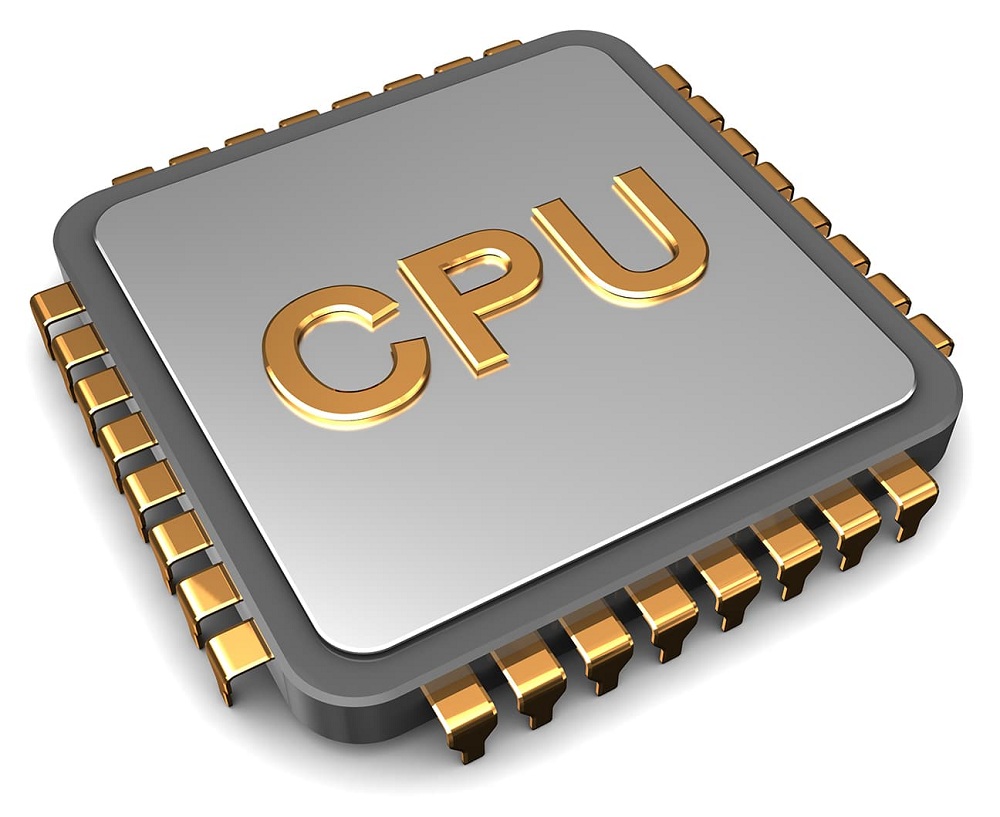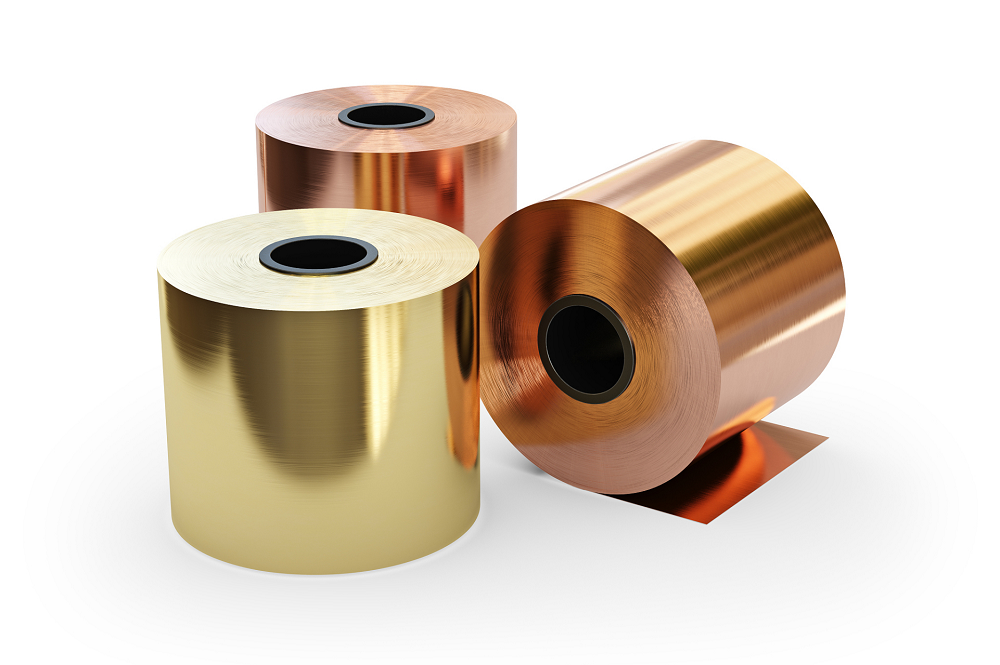With the rapid advancement of technology, electronic products have become an indispensable part of people’s daily lives. Chips, as the “heart” of electronic devices, every step in their manufacturing process is crucial, and copper foil plays a pivotal role throughout the semiconductor manufacturing industry. With its outstanding electrical conductivity and thermal conductivity, copper foil has a wide range of applications and important functions.
Key to Conductive Pathways
Copper foil is one of the main materials used in the production of printed circuit boards (PCBs), which serve as platforms for connecting chips with other electronic components. In this process, copper foil is intricately carved to create fine conductive pathways, which serve as channels for signal and power transmission. In semiconductor manufacturing, whether it’s micro-connections inside the chip or connections to the external world, copper foil acts as a bridge.

A Weapon in Thermal Management
The generation of heat during chip operation is inevitable. With its excellent thermal conductivity, copper foil plays an important role in heat management. It effectively conducts the heat generated by the chip, reducing the chip’s thermal burden, thus protecting it from overheating damage and prolonging its lifespan.
Cornerstone of Packaging and Interconnection
Integrated circuit (IC) packaging is a crucial step in chip manufacturing, and copper foil is used to connect the tiny components inside the chip and establish connections with the outside world. These connections not only require excellent electrical conductivity but also sufficient physical strength and reliability, requirements that copper foil perfectly meets. It ensures that electronic signals can flow freely and accurately within and outside the chip.
Preferred Material for High-Frequency Applications
In high-frequency communication technologies such as 5G and the upcoming 6G, copper foil is particularly important due to its ability to maintain excellent conductivity at high frequencies. High-frequency signals place higher demands on the conductivity and stability of materials, and the use of copper foil ensures the efficiency and stability of signal transmission, making it an indispensable material in high-frequency chip manufacturing.

Challenges and Future Development
Although copper foil plays a crucial role in chip manufacturing, as chip technology continues to move towards miniaturization and higher performance, higher requirements are placed on the quality and processing technology of copper foil. Thickness, purity, uniformity, and the stability of its performance under extreme conditions are all technical challenges that manufacturers need to overcome.
Looking ahead, with the development of new materials and processes, the application and role of copper foil in the semiconductor manufacturing industry will be further expanded and deepened. Whether it’s enhancing chip performance, optimizing thermal management solutions, or meeting the demands of high-frequency applications, copper foil will continue to play an irreplaceable role, supporting the continuous progress and development of the semiconductor manufacturing industry.
Post time: Mar-28-2024
